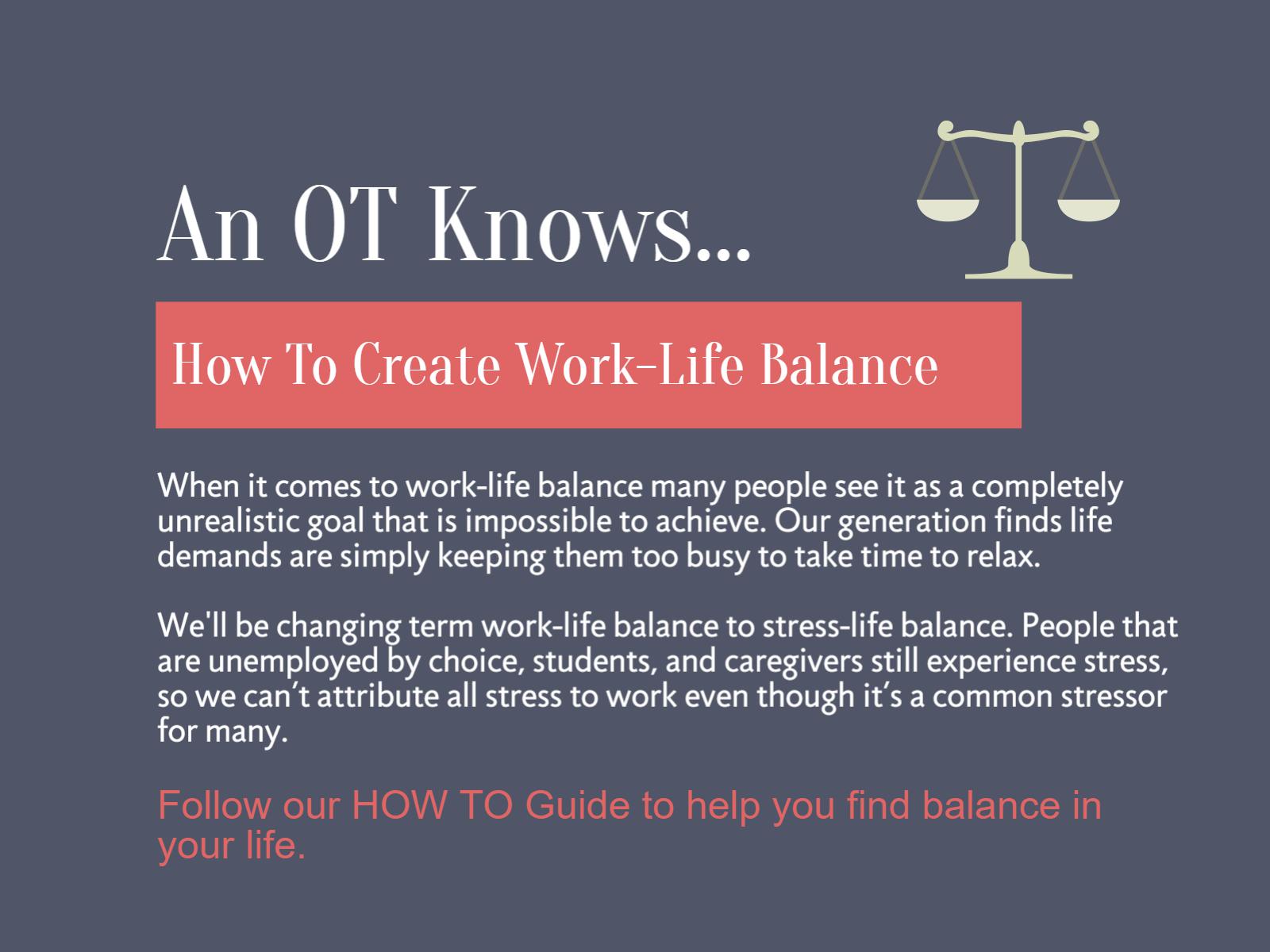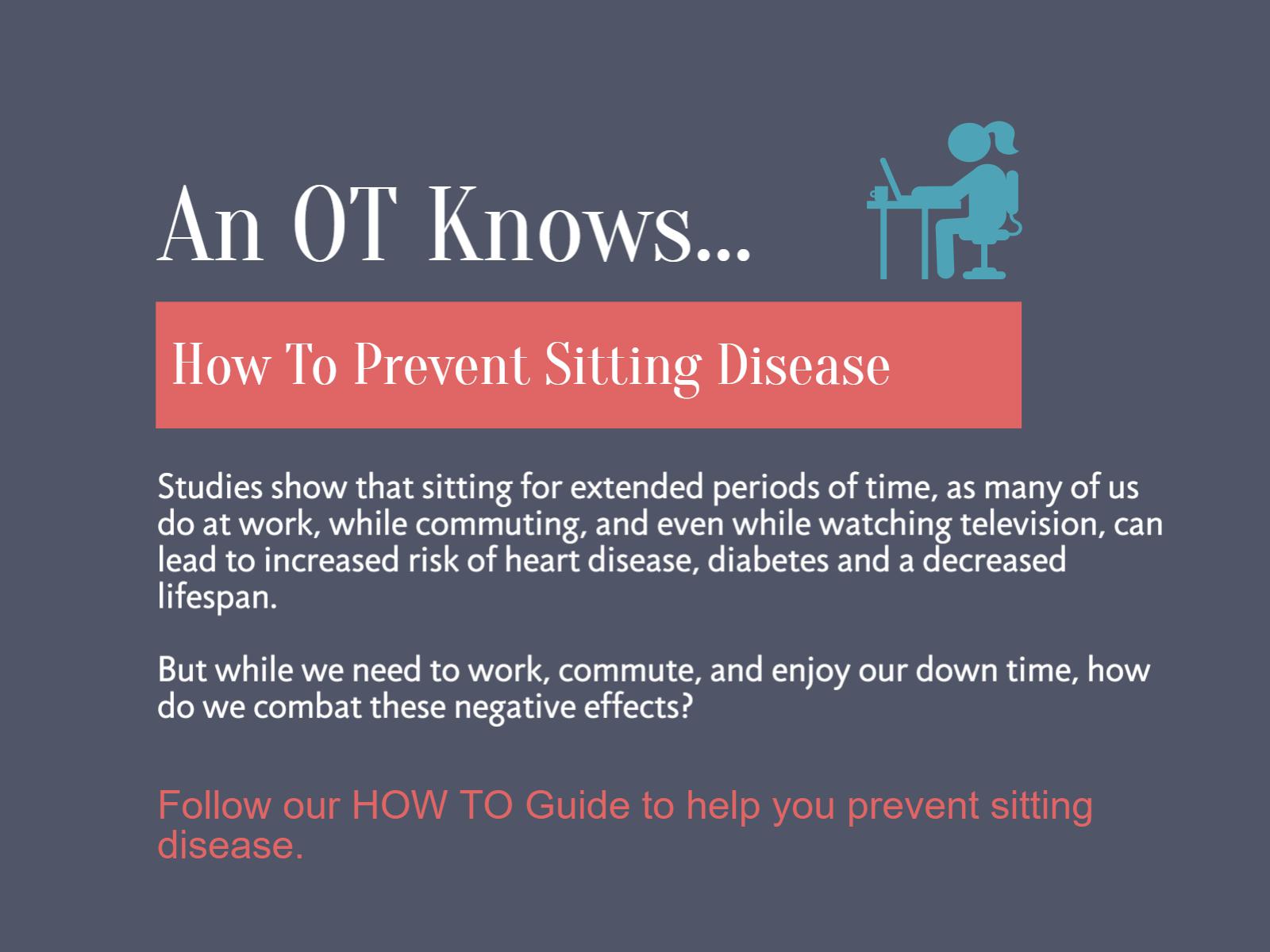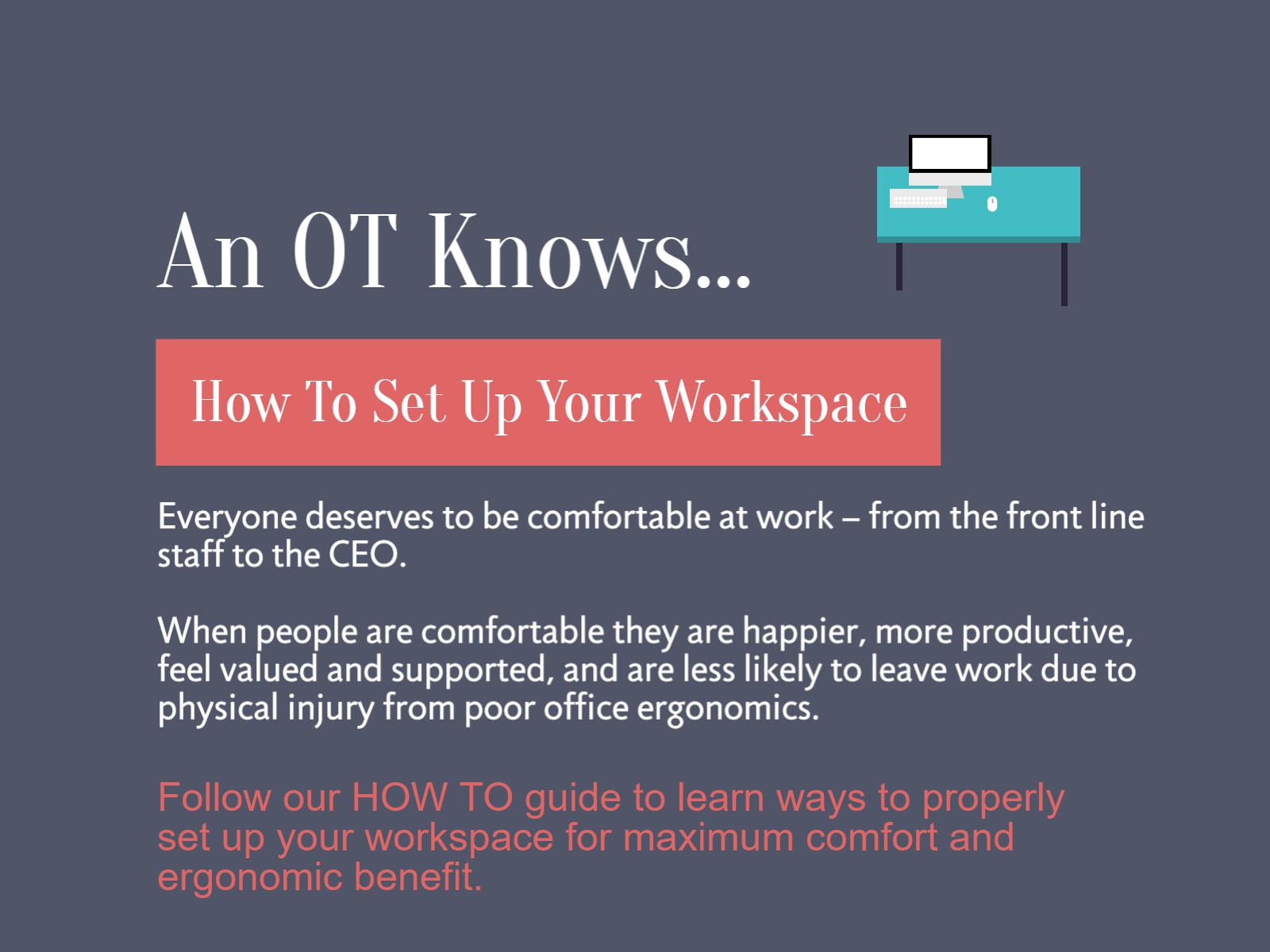Julie Entwistle, MBA, BHSc (OT), BSc (Health / Gerontology)
As occupational therapists, we are often asked to coordinate return to work programs. Often, this starts with an injured employee who has a note from his doctor saying he is fine to return to work – sometimes with a comment about modified hours or duties. While it is great that doctors may recognize the difficult transition of going back to work after an absence or injury, I am always fascinated that they seem to approve return to work without having documented evidence of the demands of the job. I see this omission as forming considerable risk to the employer, employee and doctor as I will explain.
However, before talking about risk, let’s clarify what I mean by a “Physical Demands Analysis”. These are assessments of work positions that serve to outline all the different physical demands (and / or cognitive demands) of that specific job. These are analyses of the JOB, not the PERSON, thus they showcase what any one person would need to do in order to complete the job successfully. They cover demands (with objective measurements) for walking, lifting, standing, sitting, carrying, bending, climbing, stooping, crawling, finger dexterity, neck positioning, reaching, etc. and categorize these as things that are completed “never, occasionally, frequently, or constantly” to complete the job requirements. Cognitive Demands Analysis are similar and include things such as attention, memory, visual perception, concentration, etc. – focusing on the mental demands of the position.
Now let’s talk about risk.
Employer Risk
Employers need to understand the physical demand requirements of the positions they fill. And each workplace is unique regardless of similar positions and titles. For example, the job of a Long Haul Trucker, Delivery Driver, Shipper / Receiver, or Stock Clerk are going to vary considerably based on the weights of the items, the distances to traveled or walked, and the positions the body needs to assume to get the job done. Knowing this as an OT who analyses jobs, I wonder how employers not only hire for these positions when the demands are not typically transparent, but even more so, ensure appropriate medical clearance is obtained when an injured worker is returning. I would worry, as an employer, that I would be liable for injuries caused to the worker had I not reviewed with them the demands of the position (via a detailed report) before they started. Or, the risk of accepting and accommodating a worker’s return when they “told” their doctor what the job entailed and half of the information was not accurate. In some cases it is important for employers to pre-screen people for the work they will be doing to determine the right physical fit. This not only adds protection for the employer from a compensation claim, but also protects the worker from accepting a position that they don’t yet know exceeds their abilities. Further, if someone is injured (on or off the job), the employer should be ready, Physical Demands Analysis in hand, to send this report to any doctor, insurer, or rehabilitation professional that requires it. Only then will you know for sure that the person is rehabilitated properly and any return to work has been based on the accurate demands of the job they need to return to.
Employee Risk
Not all jobs are suitable for all people. That explains why some positions are more gender biased, why others require specific training, and why some can be competently done by high school students. As an individual looking for work, it is important that people understand the nature of the job they will be completing. This is more than just a job description. For example, “filing” is fine as a job task, but maybe not if the cabinets are in the basement, there are two sets of stairs to get there, the files weigh 10 pounds each, and the employee has a previous knee injury. Accepting a job is just as much about the employee feeling it is the right fit for them, as it is the employer feeling they can do the work. People need to make informed decisions about the positions they are considering, and this needs to include the physical work that will be required, the environment in which it will be completed, and the risks involved from repetitive strain to lifting, carrying and reaching. A Physical Demands Analysis tells them all this.
Physician Risk
I get that some people want (need) to return to work before they are ready. And I also get that some never feel ready to return, or have other motivating factors to stay home. In return to work cases the doctor (family doctor or hired physician usually by an insurer) becomes the gatekeeper between back to work and not. What baffles me though is the doctors that make return to work decisions when they are uniformed. I say “uniformed” because often this decision is made without the supporting documentation provided by a Physical Demands Analysis. If the person says to their doctor “I can work” they often get a note. If they say “my job is too heavy” then they don’t. But what if both of these patient-driven comments are untrue? Someone wanting or needing to work fearing ongoing loss of income or job security may not be able to meet the demands of the job, know this, but tell their doctor to sign them back anyway. Then they become reinjured. Or, one client that I saw told her doctor she had to lift 50 pounds so he would not approve a return, when after we analysed the job the maximum lifting requirement was 10 pounds. Ideally, before anyone returns to work post injury, they should participate in a battery of tests that match their current physical abilities to the demands of their position. Yet, these tests cannot be done without a confirmed and documented Physical Demands Analysis. Lastly, the Physical Demands Analysis can also contain information about “modified duties” that would be available to an employee if injured. Thus, if a doctor was not able to say that someone is cleared to do their previous job, they could reference the list of alternatives and provide clearance to an alternate position. That gets people back to work faster while reducing liability risks to the employer, employee and physician.
In the end, having a Physical Demands Analysis report on file for every position within a company is an ideal way to reduce liability risk when hiring, to return injured workers to the job, and to prevent injury in the first place. This report needs to be accurate, complete, and should outline the physical and cognitive demands of the position, in addition to recommendations about how to reduce injury and any return to work options for an injured person. Employers need to be proactive – they should not wait for a lawsuit to expose this business risk.
And who is better to complete your Physical Demands Analysis than an “Occupational” Therapist?
For more on workplace health and wellness please refer to our Healthy Workplace page.









